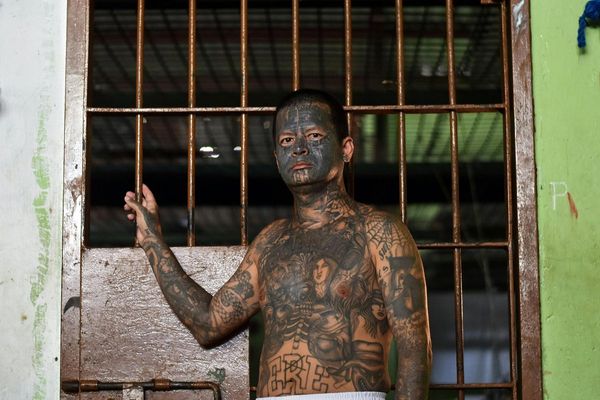
Authorities in California are working to determine if the destruction of a driverless taxi in an arson attack by a mob of lunar new year revelers was the latest in a series of protests targeting autonomous vehicles in the state.
According to the San Francisco fire department, which posted images of the incinerated SUV on Twitter/X, a group of people jumped on the electric vehicle in the city’s Chinatown district on Saturday night, smashing windows and spraying it with graffiti before setting it alight with a firework.
Officials said the car, a Jaguar I-Pace operated by Waymo, Google’s self-driving car project, was unoccupied, and that no arrests had been made as of Monday morning.
“The vehicle was not transporting any riders and no injuries have been reported,” Waymo said in a statement. “We are working closely with local safety officials to respond to the situation.”
The attack follows a number of recent cases and protests involving autonomous vehicles in California, a leading state for the driverless revolution with more than 9m miles driven on public roads by test permit holders last year, according to its department of motor vehicles (DMV).
The Guardian reported last summer on a group called the Safe Street Rebels, which has operated a campaign of disrupting and disabling driverless vehicles in San Francisco since they first appeared in 2022.
Members realized quickly that placing a traffic cone on the hood of a self-driving car interfered with sensors and placed it in “panic mode”, rendering it immobile until a human employee could come to rescue it.
Protesters question the safety of the vehicles, operated in California almost exclusively by Waymo since Cruise, a subsidiary of General Motors, saw its test permit suspended in October last year.
Cruise was accused of trying to hide the severity of an incident in San Francisco in which a pedestrian was hit by a car, driven by a human driver, at a stoplight and flung into the path of a Cruise self-driving car, which then ran her over and stopped on top of her. The woman survived.
Cruise withdrew its fleet of 950 vehicles after the California DMV said they posed “an unreasonable threat to public safety” and that the agency was investigating a number of other “concerning incidents” involving driverless cars.
The safety record of Waymo’s driverless taxi service has also come into question. Last June, one of its vehicles killed a dog, and California’s automobile regulator launched an investigation recently after a Waymo car struck and injured a cyclist that was obscured from its sensors by another vehicle at a San Francisco intersection.
Police said they had not immediately established whether the destruction of the Waymo car in Chinatown was linked to protests against autonomous vehicles or the work of opportunist vandals.
An eyewitness, Michael Vandi, told Reuters he saw one person jump on the roof and break the windshield, and another leapt onto the vehicle’s hood as a large group of others cheered, some battering it with skateboards.
“That was when it went wild,” he told the news agency. “There were two groups of people, folks who encouraged it and others who were just shocked and started filming. No one stood up. There wasn’t anything you could do to stand up to dozens of people.”
Reuters contributed reporting







